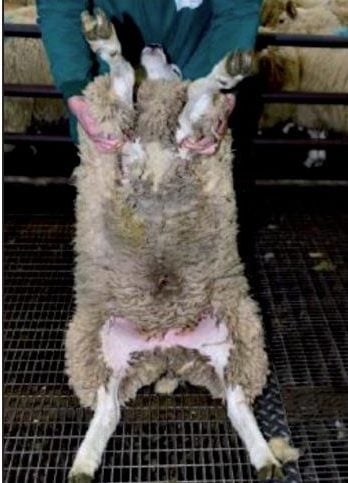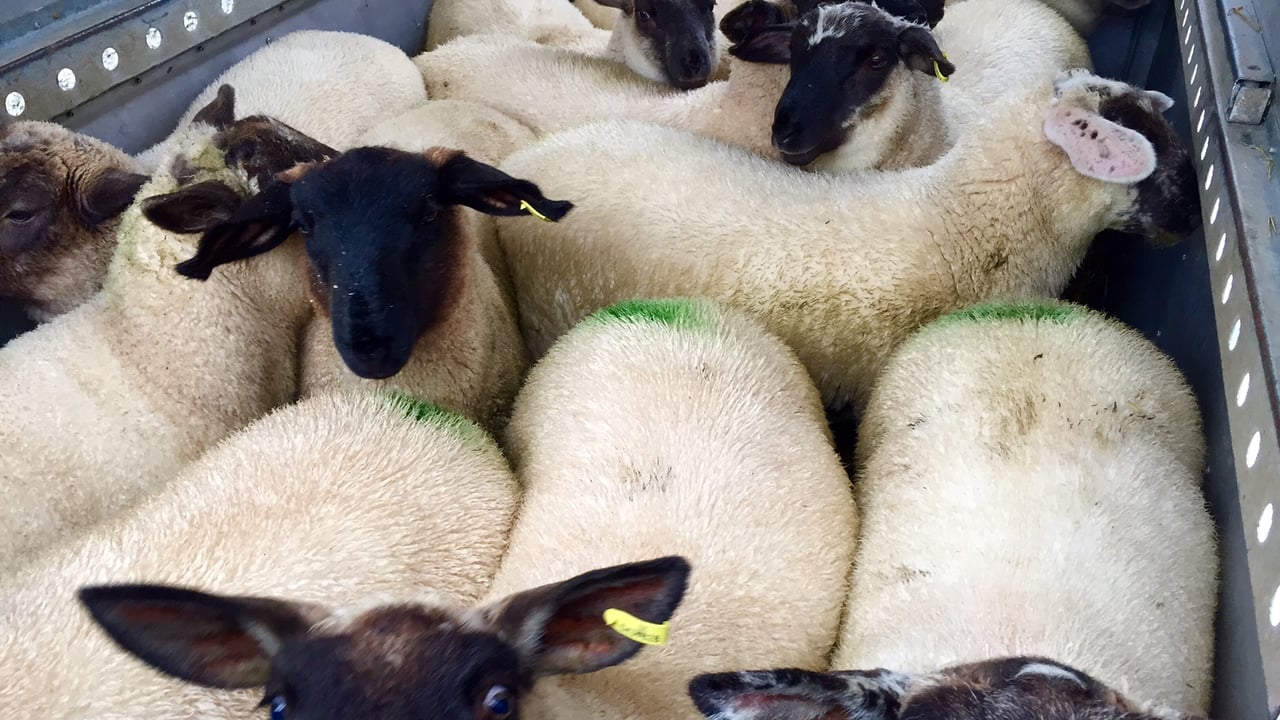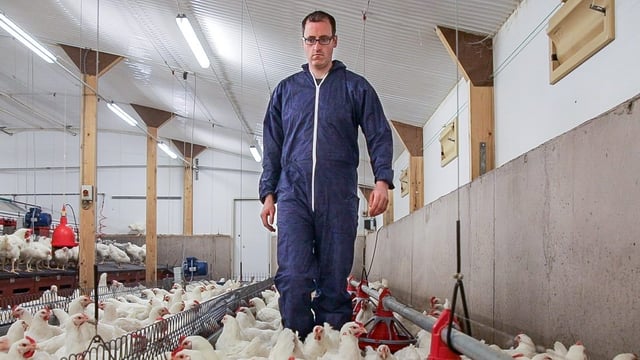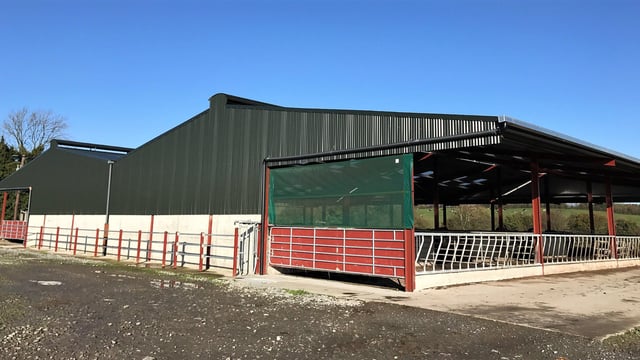Pics: Getting to grips with the Clean Livestock Policy for sheep
The ‘Clean Livestock Policy’ for sheep is a topic of much debate among farmers – particularly outdoor store finishers and those grazing fodder crops.
As it stands, a number of processors are applying clipping charges of 20c/animal; on a large number of sheep, this has the potential to eat in to finishers’ bottom line.
What is the Clean Livestock Policy for sheep?
The Clean Livestock Policy (CLP) for sheep was introduced in 2016 and it’s a three-category system. Under the policy, sheep are classified as being satisfactory (Category A), acceptable (Category B) or unacceptable (Category C).
It was introduced to “significantly improve performance in relation to the cleanliness of incoming sheep” to Department of Agriculture approved slaughter plants.
The department states: “Sending dirty sheep to slaughter increases the contamination risk from harmful bacteria. Dirty sheep risk our valuable sheep and fleece markets.” To help limit this risk a three-category system has been introduced.

What actions can farmers take?
To help reduce the risk of sheep falling into the latter category – Category C – the department offers farmers the following advice:
- Dock lambs tails before seven-days-of-age, if necessary, taking account of husbandry practices and market outlets;
- Crutch/dag dirty sheep prior to transport to the slaughter plant;
- House on straw bedding or even clean slats and withdraw feed from sheep for a minimum of eight hours pre-slaughter. Water should be available to animals at all times;
- Whether using your own or contracted transportation, you should only use clean, dry, well-ventilated vehicles. This transport vehicle should have a waterproof roof – where possible;
- You should also use absorbent materials on the floor of the transport vehicles;
- Only clean sheep should be sent to the slaughter plant.
Reform of clipping charges needed
Despite many farmers best efforts to send ‘satisfactory’ sheep to slaughter, some factories have introduced clipping charges on all lambs passing through the gate.
This is an unfair practice and it needs to be reviewed immediately. There is no reason why farmers should have to fork out 20c/animal towards a clipping charge for an animal that may not necessarily need to be clipped.
The application of such charges takes away any incentive for farmers to submit lambs for slaughter in a satisfactory condition. If this issue is not addressed, the fundamentals behind the CLP come under threat and the policy could ultimately fail.





